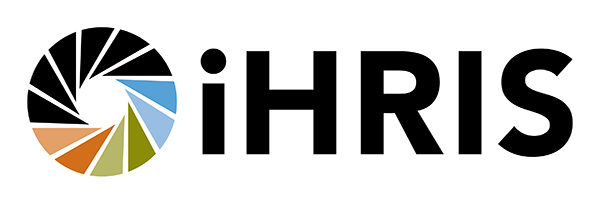Transparency in HR Information is a Key Benefit of a Strong HRIS
As evaluations of our HRIS strengthening work are being conducted, we are finding that strengthened HR information systems are having a notable positive impact on the transparency of HR information.
In Swaziland, for example, the transition from the old to the newer HRIS improved transparency of the hiring process. As one statistical staff person explains, the system “closes the feedback loop.”
The complex sequence of steps involved in recruitment leaves very little audit trail. At the facility level, managers submit proposals to the personnel unit, which processes the proposals and makes changes, forwarding them to the Ministry of Public Service and to the Civil Service Commission, where it may be finally approved. This process takes six months, on average, so it is difficult for facility-level staff to know the status of their vacancy.
“But now after developing the system, it’s easy because ... there is a link now, which indicates the location of the request in the system—what action the request is awaiting; we have closed the loop because the ... managers at facility level ... get the information now on monthly basis....”
In Uganda, improved access to HR data has allowed for increased verification of existing information among professional associations. In particular, the problem of individuals falsifying documents or impersonating someone else has been reduced.
"When people come for renewal, now we are going to ask them, when you are looking at the data, to confirm that the data entered is accurate.... So we are able to catch out some of them."
In addition to improving accuracy and accessibility of HR information, a strong HRIS increases the openness of that information, benefiting all users of the system.
